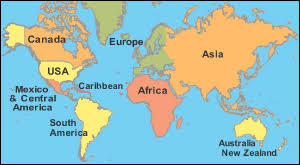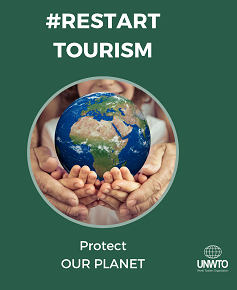CITES acts to curb smuggling of elephant ivory and rhino horn

Geneva – The 62nd meeting of the Standing Committee of the Convention on International Trade in Endangered Species of Wild Fauna and Flora (CITES), adopted crucial measures to halt the escalation of ivory and rhino horn smuggling. The meeting held in Geneva last week, came one month after the Rio+20 Conference recognized the important role of CITES in its outcome document The Future We Want.
Some 300 observers, including world specialists working for governments, intergovernmental bodies, the private sector and non-governmental organizations, contributed to the deliberations. The meeting attracted a record number of 50 observer organisations and was open to the media.
“The Standing Committee has made full use of its compliance and enforcement procedures, which are a unique feature of CITES, in ensuring legal, sustainable and traceable trade. They have also recognized the need to work closely with all countries affected by the illegal supply chain of elephant ivory – range, transit and destination – if we are to tackle this problem effectively,” said CITES Secretary-General John E. Scanlon.
The Committee decided unanimously to take urgent measures to tackle the current poaching and smuggling crisis threatening elephant and rhino populations. The 17 Committee members requested countries and territories that are most affected by illegal ivory trade to adopt a series of immediate measures to control domestic markets and combat smuggling.
Members also decided to continue discussions on a proposal for an ivory decision-making mechanism, and requested the CITES Secretariat to lead the drafting of a proposal to be submitted at the next meeting of the Conference of the Parties to CITES (CoP16), which will take place in Bangkok in March 2013. The CITES Secretariat will invite further comments from identified stakeholders on the proposal considered at last week’s meeting and prepare a new proposal that will be released by 4 of October 2012.
The Committee analysed the drivers behind the exploding demand in rhino horn and requested Viet Nam to report by September 2012 on its actions to combat illegal trade in rhino horn. The country was encouraged to conclude, as a matter of urgency, the inventory of rhinoceros hunting trophies and verify their non-commercial use.
Suspends trade with seven countries including Nepal
Among other decisions taken by the Committee, nine are total wildlife trade suspensions for lack of legislation to penalize illegal wildlife trade (the Comoros, Guinea-Bissau, Paraguay and Rwanda) or for failing to report trade in CITES-protected species (Guinea-Bissau, Nepal, Rwanda, the Solomon Islands and the Syrian Arab Republic). The States concerned will not be able to engage in international trade in close to 35,000 CITES-listed species after 1 October 2012 unless they improve their legislation and/or submit their missing reports to the CITES Secretariat by that date.
The Committee examined the export levels for a wide-range of animals and plants. It recognized the good progress made in 35 cases. Amongst these was the progress made by the Democratic Republic of the Congo regarding African teak and African cherry (used to treat prostate ailments, including prostate cancer). Conservation actions to protect the species implemented with the joint support of the International Tropical Timber Organization (ITTO) and CITES, persuaded the Committee not to proceed with trade suspensions for the populations of these two species occurring in that country.
Following the receipt of a detailed scientific report and management plan from Cameroon, a long-standing trade restriction affecting exports of African grey parrots from Cameroon was lifted subject to the imposition of an annual quota of 3,000 birds. Source -CITES














